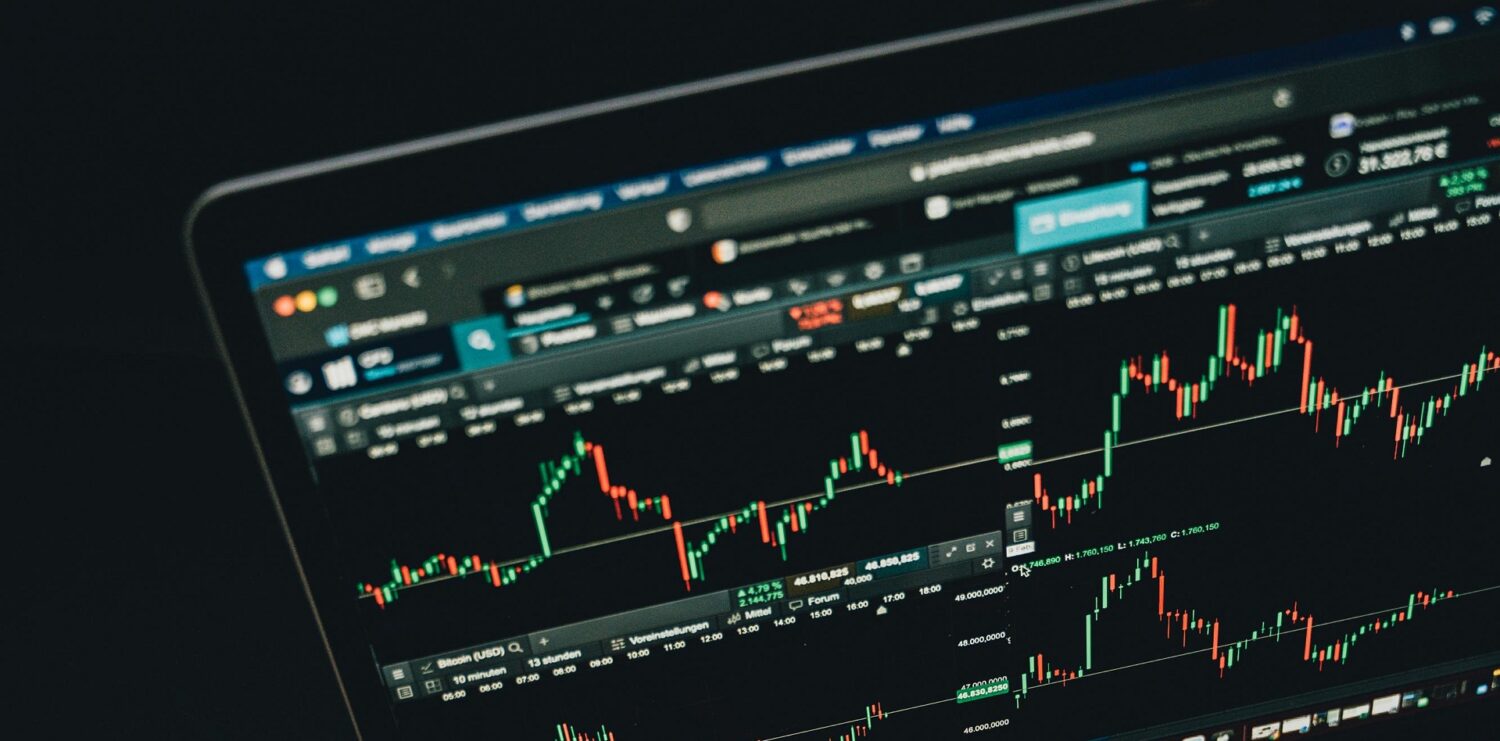A metric is a quantifiable measure that is used to track, compare, and assess performance or production. Metrics are used in a variety of scenarios, including business, finance, and healthcare. In business, metrics are used to track the performance of a company or organization. For example, a company might track metrics such as sales, customer…
Key Performance Indicators (KPIs)
Key Performance Indicators (KPIs) are measurable values that organizations use to track their progress against their goals. KPIs can be used to measure a variety of things, including sales, customer satisfaction, employee productivity, and financial performance. KPIs are important because they provide organizations with a way to measure their performance and identify areas where they…
SWOT
SWOT analysis is a strategic planning tool that identifies an organization’s Strengths, Weaknesses, Opportunities, and Threats. It is a structured planning method that helps organizations to identify their strengths and weaknesses, as well as the opportunities and threats they face. SWOT analysis can be used to develop strategies for improving an organization’s performance, or for…
Benchmarking
Benchmarking is the process of comparing your company’s performance to that of other companies in your industry. It can be used to identify areas where your company is doing well and areas where it could improve. There are two main types of benchmarking: There are a number of ways to conduct benchmarking. One way is…
Net: The amount or quantity after deductions or expenses
In accounting, net refers to the amount or quantity after deductions or expenses. Net income is calculated by subtracting all expenses from gross profit. Net can also be used to describe other types of quantities, such as the total weight of a shipment after any packaging or other materials are removed. Here are some examples…
Gross: The total amount or quantity before deductions or expenses
Gross refers to the total amount or quantity before deductions or expenses. In accounting, gross refers to the total revenue generated from sales before any expenses are deducted. Gross profit is calculated by subtracting the cost of goods sold from gross revenue. Gross can also be used to describe other types of quantities, such as…
Variable Costs
In accounting and economics, variable costs are the costs that change in proportion to the level of production. They are the opposite of fixed costs, which do not change with the level of production. Variable costs are often used to calculate the break-even point, which is the point at which a company’s revenue equals its…
Fixed Costs
In accounting and economics, fixed costs or overhead costs, are business expenses that are not dependent on the level of goods or services produced by the business. They tend to be recurring, such as interest or rents being paid per month. These costs also tend to be capital costs. Some examples of fixed costs include:…
Capital
Capital is a broad term that can refer to a variety of things, including money, buildings, equipment, and intellectual property. In economics, capital is typically defined as any asset that can be used to produce goods or services. There are two main types of capital: physical capital and human capital. Physical capital refers to physical…
Accounts Receivable (AR)
Accounts receivable (AR) is a current asset that represents money owed to a company by its customers for goods or services that have been sold but not yet paid for. AR is a short-term asset, which means that it is due within one year. Accounts receivable is an important part of a company’s financial statements….
Accounts Payable (AP)
Accounts payable (AP) is a short-term liability that represents money owed to suppliers for goods or services that have been purchased but not yet paid for. AP is a current liability, which means that it is due within one year. Accounts payable is an important part of a company’s financial statements. It is listed on…
Margin
In business, margin refers to the difference between the price at which a product or service is sold and the cost of producing it. It is expressed as a percentage of revenue. For example, if a company sells a product for $100 and it costs the company $50 to produce, the margin is 50%. There…
